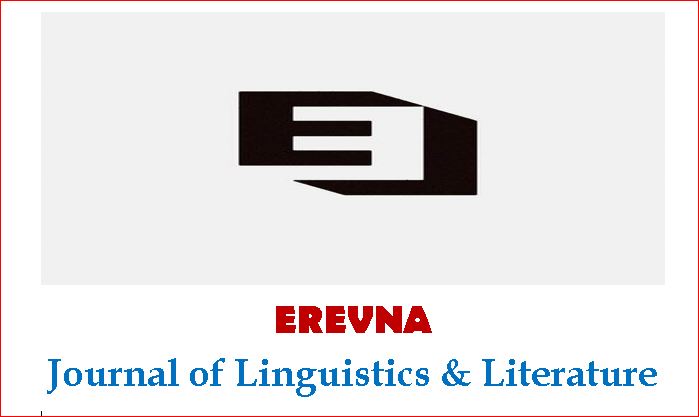The Speech Acts Analysis of THE HAPPY PRINCE
Keywords:
Speech Act Theory, Illocutionary Speech ActsAbstract
The study aims to analyze how illocutionary speech acts were used contextually to create meaningful expressions in the short story “The Happy Prince” written by Oscar Wild. The study's sample contains all the data from the selected short story. Searle's speech act theory was used as a theoretical framework to examine the data. Discourse analysis was used to analyze the data to point out illocutionary speech acts used in the story. In this study, the illocutionary speech acts used in Oscar Wilde’s “The Happy Prince” have been identified, discussed, and evaluated to determine how the author effectively uses language to explicate his intended themes of love, giving, and the harshest truth that is the division of classes. The paper also analyses different types of illocutionary acts, including directive, commissive, and expressive, regarding their role in the development of the story and the central characters. Depending on the type of discourse, the results show a significant focus on representative and directive speech acts concerning power relations and the problem of saving lives.
References
Akmal, S., Fitriah, F., & Zafirah, H. (2020, December 26). Illocutionary Acts in Religious Discourse: The Pragmatics of Nouman Ali Khan’s Speeches. UPT Pengembangan Bahasa IAIN Kendari, 6(2), 130-130. https://doi.org/10.31332/lkw.v6i2.1938
Asykin, B A P., Suyadi, S., & Silfia, E. (2021, November 13). An Analysis of Illocutionary Act in “Ratatouille” A Movie by Brad Brid. , 5(2), 175-175. https://doi.org/10.33087/jelt.v5i2.93
Austin, J. L. (1962). How to do things with words. Oxford: Oxford University Press.
Bates, E. (1976). Language and Context. Academic Press, New York.
Brown,G. & Yule,G. (1983). Discourse Analysis. Cambridge: Cambridge University Press.
Cook,G. (1992). Discourse. Oxford: Oxford University Press.
Dixon, J. and Massay (1969). Introduction to Statistical Analysis. New Delhi: Mc Graw – Hill.
Eckersely, C.E. (1959). Brighter English: A book of Short Stories, Plays, Poems and Essays. London: Longman.
Green, G. (1975). How to Get People to Do Things with words: The Whimperative Question. In Peter Cole & Jerry L. Morgan, 1975, pp.107-142.
Leech and Short. (1981). Styles in Fiction: A Linguistic Introduction to English Fictional Prose. London: Longman.
Leech, G (1983). Principles of Pragmatics. London: Longman.
Leech,G. and Thaomas, J. (1985). Pragmatics: The State of the Art. Lancaster. University: Lancaster Papers in Linguistics
Kissine, M. (2016, July 7). Non-Assertion Speech Acts. Oxford University Press. https://doi.org/10.1093/oxfordhb/9780199935314.013.5
Kumala, Z E I., & Rohmah, Z. (2021, December 31). DIRECTIVE ACTS IN ONWARD FILM BY DAN SCANLON. Sunan Gunung Djati State Islamic University Bandung, 3(2).
https://doi.org/10.15575/call.v3i2.14878
Riezka., & Basri, I. (2020, January 1). Speech Act of Pasambahan Mananti Marapulai at the Wedding Reception. https://doi.org/10.2991/assehr.k.200824.015
Santosa, R B. (2017, June 30). An Analysis of Illocutionary Speech Acts in the Book. , 4(1), 1-1. https://doi.org/10.32678/kawalu.v4i1.783
Speech Acts (PDF Download Available). Available from: https://www.researchgate.net/publication/288973396_Speech_Acts [accessed May 01 2018].
Wardana, M K., Roy, S., & Ariska, J. (2019, October 31). Illocutionary Acts in President Rodrigo Duterte’s Speech.. , 3(1), 40-46. https://doi.org/10.32734/ijcas.v3i1.2514
Wu, H. (2020, January 1). The Writing Art of Wilde’s Fairy Tales: the Reshaping of Love and Kindness Under the Cloak of Aestheticism. https://doi.org/10.2991/assehr.k.201215.347





